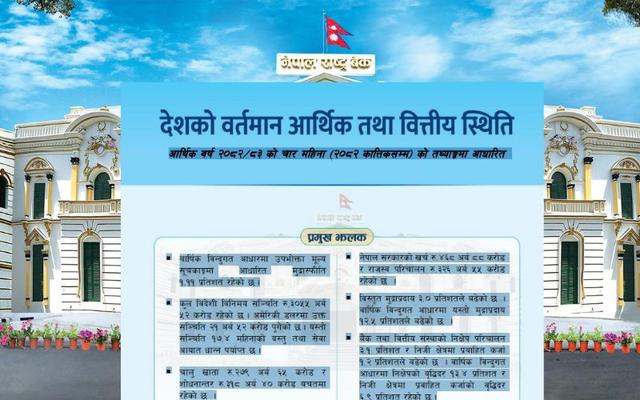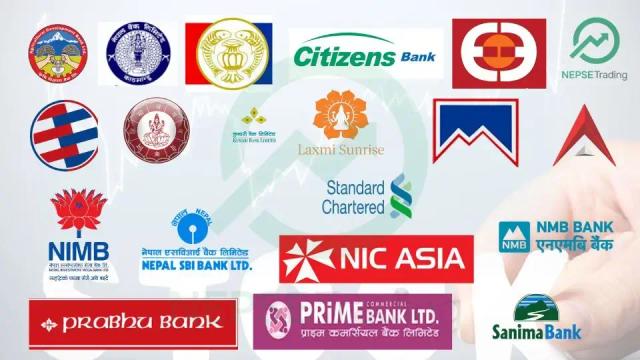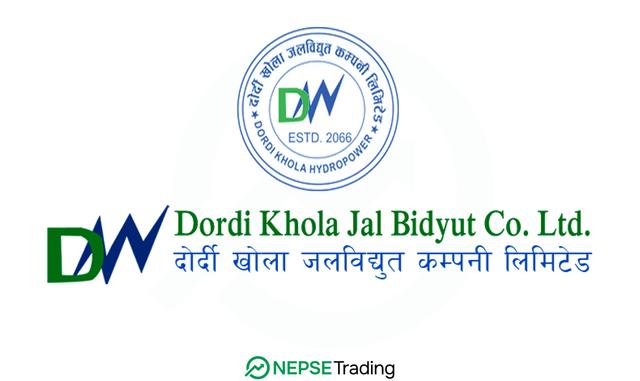Financial Access in Nepal Expands as of Mid-June 2025, Shows Central Bank Data
Author
Nepse Trading

Kathmandu, July 2025 – Nepal's financial access continues to expand steadily, with encouraging growth in banking infrastructure and customer engagement across Class “A”, “B”, and “C” financial institutions, as per the latest update from Nepal Rastra Bank covering the period ending Jeth 2082 (Mid-June 2025).
According to the report, Nepal has a total of 54 regulated financial institutions – 20 Class “A” commercial banks, 17 Class “B” development banks, and 17 Class “C” finance companies. These institutions collectively operate 6,518 branches across the country. Class “A” banks alone contribute the lion’s share with 5,095 branches, reflecting their dominant role in financial service outreach.
Deposit account penetration remains significant, with the total number of deposit accounts reaching nearly 5.94 crore. Of these, commercial banks account for over 5.09 crore accounts, while development banks and finance companies contribute approximately 74.75 lakh and 9.67 lakh accounts, respectively. In terms of credit access, there are over 19.66 lakh loan accounts, with the bulk again handled by Class “A” institutions.
The role of alternative banking channels is also expanding. Nepal has 880 branchless banking centers, with the vast majority (863) run by commercial banks. These centers serve over 2.77 lakh customers, enhancing financial inclusion in rural and semi-urban regions.
Digital banking adoption shows strong momentum. Mobile banking users have reached 2.74 crore nationwide, with Class “A” banks serving more than 2.35 crore users. Internet banking users now number 26.65 lakh, of which over 20.51 lakh are customers of commercial banks. This indicates a growing shift toward digital financial services across demographics.
ATM deployment and card usage remain robust, with 5,265 ATMs installed nationwide. Over 1.35 crore debit cards are in circulation, and there are over 3.14 lakh credit cards and 2.46 lakh prepaid cards actively in use. Class “A” banks dominate these services, but development banks and finance companies also contribute, especially in debit and prepaid cards.
This broad expansion in financial services infrastructure, digital access, and customer engagement reflects ongoing improvements in Nepal’s financial inclusion efforts. It also signals a continued transition toward a more digitally enabled and accessible financial ecosystem, in alignment with national goals of inclusive economic growth and formal financial participation.



